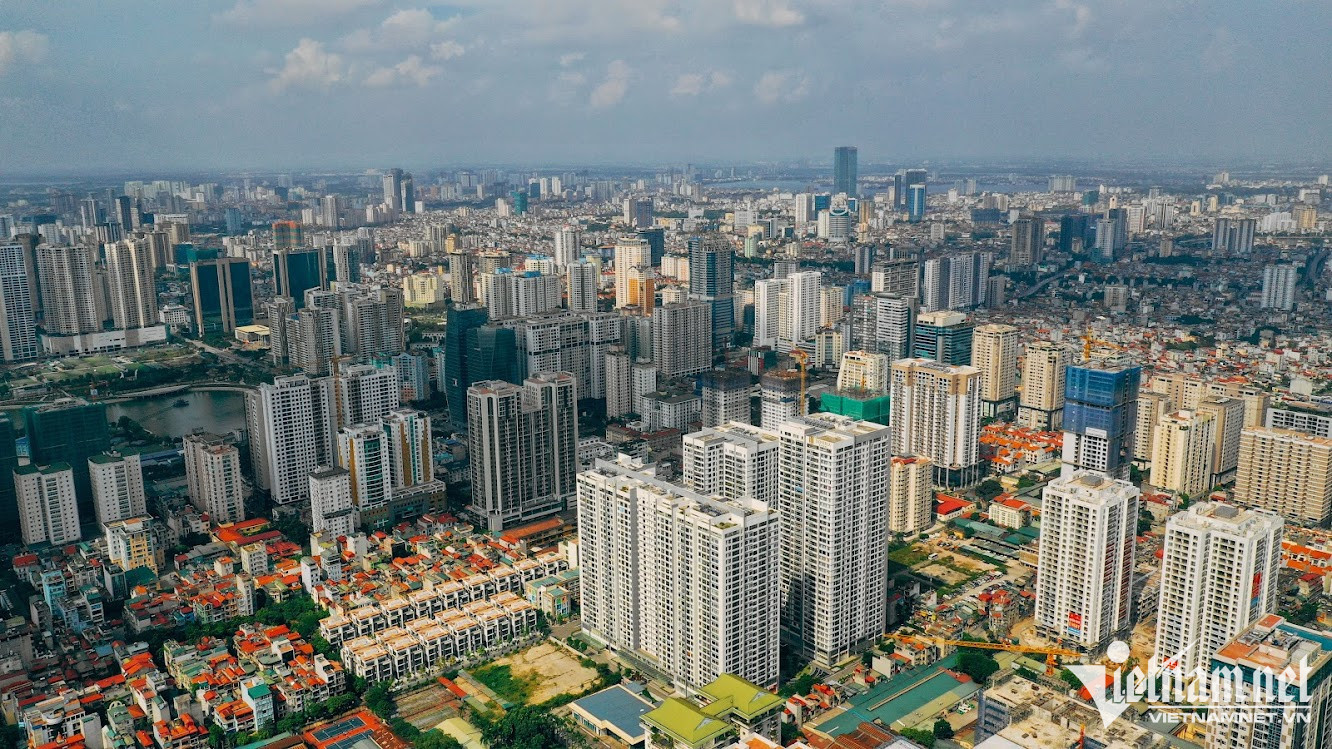
Analysts say that VND400 trillion is a large amount that will ‘give rain to the rice field which is in drought’. It will give enterprises more capital from now to the end of the year and the first months of 2022. But it will not be easy to pump capital into the economy in the last days of the year.
A report found that by the end of Q3/2022, 26 listed commercial banks, not including Agribank, BaoViet Bank and SCB, received mobilized capital from institutions and individuals of a total VND7.718 quadrillion, up by 4.01 percent over the end of 2021.
Meanwhile, banks lent VND8.169 quadrillion, up 12.4 percent over the end of 2021.
According to SSI, the mobilized capital growth rate is low, just 4.8 percent as of October, lower than the credit growth rate of 11.5 percent.
In order to have capital, some banks raised deposit interest rates from 5 percent during the pandemic to 9-10 percent, or even higher.
SBV Deputy Governor Dao Minh Tu said after SBV’s announcement about the increase in the credit growth rate limit, some commercial banks had not used up the credit room granted early this year, including Agribank.
The bank, however, doesn’t need more credit room. Meanwhile, some commercial banks have raised deposit interest rates sharply, but SBV thinks they need to restrict credit growth.
As for Agribank, as of the end of Q2/2022, the bank’s mobilized capital increased by 3.11 percent compared with the end of 2021 to VND1.59 quadrillion, while loans increased by 5.82 percent to VND1.393 quadrillion.
Earlier, at the Economic Forum on November 17, Nguyen Quoc Hung, Secretary General of the Vietnam Banking Association, reported that outstanding loans were nearly equal to mobilized capital, while the mobilized capital growth rate was just half of the credit growth rate. Even if SBV lifted the credit ceiling, banks would not have capital to lend.
Manh Ha